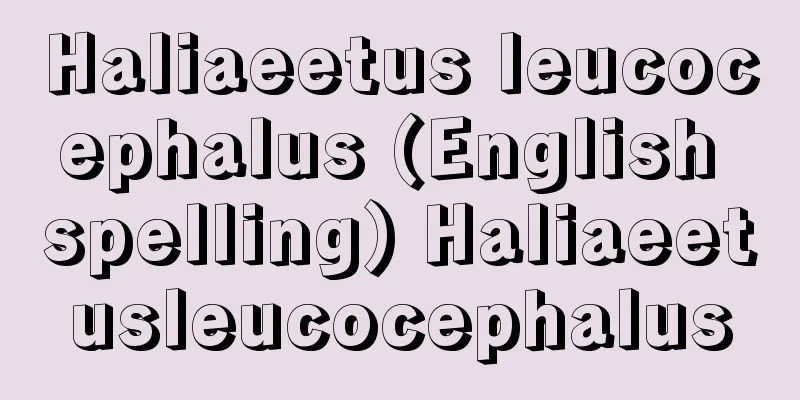Mantegna - Mantegna (English spelling) Andrea Mantegna

|
Italian painter. Born near Padua, he studied under the local painter Squarcione from his childhood and was adopted by him. In 1448, he was commissioned to decorate the Ovetari Chapel in the Eremitani Basilica in the city (damaged in the 1444 war) together with several other painters, and by 1456 had completed scenes from "The Life of St. James," "The Assumption of the Virgin," and "The Martyrdom of St. Christopher." In 1459, he created the altarpiece "Madonna and Child with Saints" for the Basilica of San Zeno Maggiore in Verona, and these works are notable for their archaeological knowledge from his teacher Squarcione and the sculptural expression influenced by Donatello, who was staying in Padua at the time. In 1460, he was appointed court painter to the Gonzaga family, rulers of Mantua, and although he did spend short periods in Rome and Tuscany, he spent the rest of his life in this cultural city. His greatest works in Mantua were the murals and ceiling paintings in the Carmela degli Sposi (the couple's apartment) of the Palazzo Ducale, which he created between 1471 and 1474. The murals are group portraits of the family, both indoors and outdoors, and are outstanding among Italian Renaissance paintings for the accuracy of the arrangement of the figures and the depiction of their personalities. In 1484, at the request of Francesco, who became the new ruler, he painted the decorative painting "The Triumph of Caesar" (sold to King Charles I of England in the 17th century and now preserved at Hampton Court, west of London), which shows a unique decorative effect based on his accurate knowledge of ancient Rome. His other works are scattered in museums all over Europe, but his Dead Christ (1465-66) at the Brera Art Museum in Milan is particularly impressive, with its almost monochrome color effect suggesting spiritual solemnity and serenity. He also produced some excellent copperplate prints. [Katsuya Hamatani] [References] | |Source: Shogakukan Encyclopedia Nipponica About Encyclopedia Nipponica Information | Legend |
|
イタリアの画家。パドバ近郊に生まれ、少年期から生地の画家スクワルチオーネに師事し、その養子となる。1448年、早くも同市エレミターニ聖堂オーベターリ礼拝堂(1944年戦争で罹災)の装飾を数人の画家たちとともに委嘱され、56年までに「聖ヤコブの生涯」「聖母被昇天」「聖クリストフォルスの殉教」の諸場面を仕上げた。59年にはベローナのサン・ゼーノ・マッジョーレ聖堂の祭壇画『聖母子と諸聖者』を制作したが、これらの作品には師匠スクワルチオーネ由来の考古学的知識や、おりしもパドバ滞在中のドナテッロの感化による彫塑的な表現が際だっている。 1460年にはマントバの領主ゴンザーガ家の宮廷画家に登用され、以後、短期間ローマやトスカナに滞在したことはあるが、終生この文化都市で過ごした。マントバにおける大作は1471~74年に制作したパラッツォ・ドゥカーレのカーメラ・デリ・スポージ(夫妻の居室)の壁画と天井画である。壁画は領主一族の屋内と屋外での集団肖像画であるが、人物の配列や個性描写の適確さにおいて、イタリア・ルネサンス絵画のなかでも傑出している。84年に新領主となったフランチェスコの要請により装飾画『カエサルの凱旋(がいせん)』(17世紀にイギリス国王チャールズ1世に売却され、ロンドン西郊ハンプトン・コートに現存)を描いたが、古代ローマについての正確な知識をもとにした独特の装飾効果を示している。そのほか彼の作品はヨーロッパ各地の美術館に散在するが、とくにミラノのブレラ美術館の『死せるキリスト』(1465~66)は、モノクロームに近い色彩効果によって精神の厳粛さと安らぎが暗示される、含蓄に富む表現をみせている。また彼は銅版画にも優れた作品を残している。 [濱谷勝也] [参照項目] | |出典 小学館 日本大百科全書(ニッポニカ)日本大百科全書(ニッポニカ)について 情報 | 凡例 |
>>: South Manchuria Railway Research Department
Recommend
Electrobalance
...including electronic circuits built into the t...
Dionycha
...There are 21 families of spiders in Japan, inc...
Grass growing area - Kusahaebasho
... In entertainment districts of large cities, s...
Simferopol - Симферополь/Simferopol'
The capital of Crimea Oblast in southern Ukraine....
Horseshoe silver
A silver bullion weighted coin used in China duri...
aridity index
...The Martonne drying index is an improvement on...
Tone
〘Noun〙① A general term for the chief officials of ...
Atetsudai - Atetsudai
A limestone plateau located in the center of the ...
Thick paper - Atsugami
It is a word that refers to thick paper, as oppos...
Gros-Guillaume (English spelling)
...The latter produced Pierre de Larivey's (c...
Santa Maria delle Grazie (English spelling)
… Milan suffered great damage during World War II...
Oshizawa
...During the Edo period, Hibara was part of the ...
Alectis indica (English spelling) Alectisindica
… [Makoto Shimizu]. . … *Some of the terminology ...
Keiko - Keiko
A Chinese writer from the Three Kingdoms Wei Dyna...
Round scale insect - Round scale insect
A general term for insects in the order Hemiptera...


![Okegawa [city] - Okegawa](/upload/images/67cb1c40a7598.webp)
![Altai [Mountains] - Altai](/upload/images/67cade33040c1.webp)





